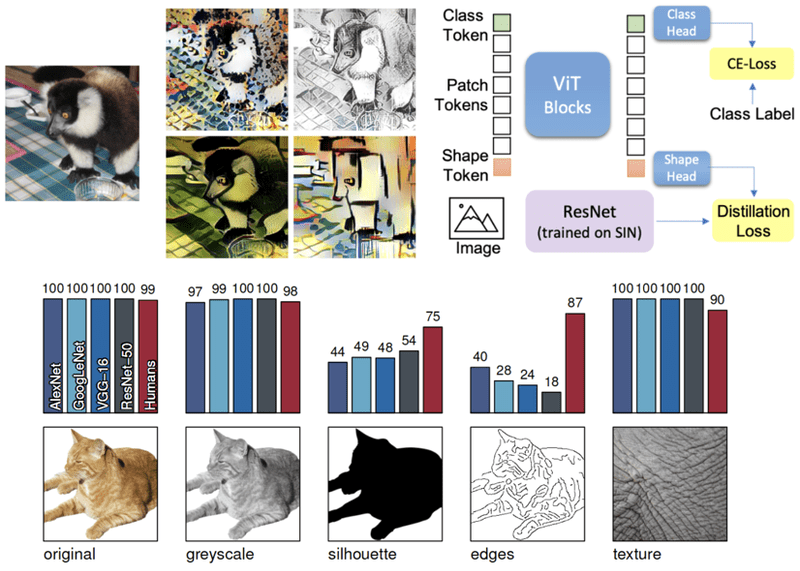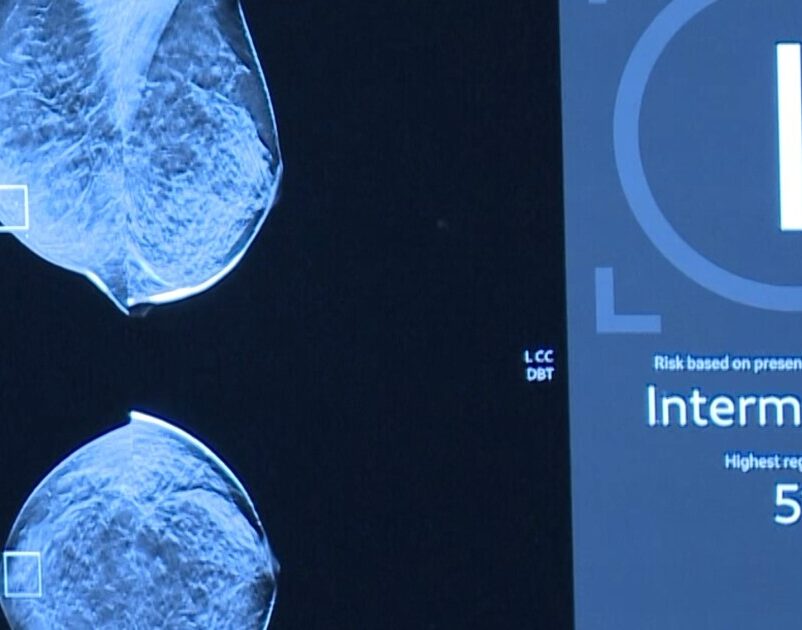In this exclusive TechBullion interview, Oluwatofunmi Oguntibeju, co-founder of Neoworks, offers insights into the rapidly changing landscape of Artificial Intelligence. He discusses how AI is revolutionizing various industries and how Neoworks is leading the charge in innovation. With over a decade of experience, Oluwatofunmi explains how Neoworks utilizes state-of-the-art technologies like AI and machine learning to transform sectors such as payments, fintech, and related areas like regulatory technology and fraud prevention. Neoworks’ dedication to excellence, adaptability, and a deep understanding of industry trends sets it apart from competitors, as they continue to deliver groundbreaking solutions for clients across diverse industries. By engaging pioneering AI models such as support vector machines, random forests, supervised, and unsupervised learning, and staying ahead of emerging technologies, Neoworks is positioned to redefine industries on a global scale.

In the book “Payment Prevention and Dispute Resolution Playbook,” he is credited as the author and shares his expertise in the fields of artificial intelligence and fraud detection. As a recognized authority in these areas, we had the opportunity to discuss his work and explore the future of AI-driven fraud prevention.
Q: Tell us more about yourself
My name is Oluwatofunmi Oguntibeju, and I’ve been deeply involved in the world of artificial intelligence, Payment, Software Engineering and Payment Fraud Detection for over 8 years. I’ve had the privilege of working on cutting-edge projects, leading teams of talented AI engineers, and contributing to groundbreaking research in the field.
Tofunmi, thank you for joining us today. Let’s start by understanding your journey. What initially drew you to the field of fraud detection?
Thank you for having me. I became interested in fraud detection during the days of working in the financial sector, where I have seen the consequences on businesses and individuals caused by fraud. As technology advanced and online transactions started to grow, it dawned on me that we needed to develop more sophisticated solutions to combat payment fraud. It was then that my thinking on what AI has to offer to revolutionize fraud detection first began.
Your book, “Payment Prevention and Dispute Resolution Playbook,” tackles a crucial aspect of financial transactions. Can you tell us what role AI plays in this context?
Sure, the book also explains different methodologies, not only in fraud payment prevention but also in dispute resolution. And here comes the heart of AI. Thus, by applying machine learning algorithms, we can analyze great volumes of real-time transaction data for anomalies and suspicious patterns that might be out of human analysis. It allows us to stop probably fraudulent attempts right at the transaction creation point and save businesses and consumers.
Can you give us an example of how AI is used in fraud detection?
Sure, most of these are anomaly detection. In this exercise, AI algorithms learn from a user’s past activities: location, spending habits, and among other variables, therefore determining what constitutes the “normal” behavior of the user. After that, if a new transaction digresses far beyond that set pattern—a red flag may be produced which could indicate fraud. Another approach is network analysis, where AI is looking at the links between various accounts—this would show up fraud rings or a coordinated attack.
Beyond financial transactions, are there other areas where AI can be applied for fraud detection?
Of course, AI can be put to use in fraud detection in a wide variety, such as that used in identifying fraudulent insurance claims or recognizing fraudulent billing practices which involve analysis of medical records. Even electronic fraud, for example, detecting bots meant for giving fake product reviews in order to spike online marketplaces, can be traced through Artificial Intelligence.
While AI offers immense potential, are there any challenges or limitations we need to consider?
Like many other powerful technologies, AI has introduced its set of complexities, such as bias. If the information bearing the AI algorithms is biased, it propagates those biases and builds in unfair disparities. Yet another challenge is interpretability: sometimes it’s hard to understand why an AI model had flagged a particular transaction as fraudulent. It keeps switching its schemes for fraud; this calls for updates and refinements in the AI systems on a continuous basis.
Looking towards the future, how do you envision AI evolving in the fight against fraud?
The future of AI-based fraud detection is bright, to say the least. Other developments that we do see are (XAI) explainable AI, whereby the working of the AI can be understood. Integrations such as blockchain will ensure that there is an integrated approach toward foiling fraud. Secondly, with increased AI capability, new and emerging types of fraud schemes are going to be predicted and, therefore, prevented.
In your recent article “Expert Shares Perspective on Implementing Innovative Solutions,” you highlight the importance of embracing new technologies. Can you elaborate on how this applies to AI in fraud detection?
Organizations need to lead the way in adoption. With this said, one must remember that AI in itself is not an answer but only a means to achieve the same goal. Therefore, the resulting implementation plan needs to incorporate the human expert judgments relating to risk management and fraud investigation with the AI technologies. In addition, it needs a carefully considered culture that supports lifelong learning and agility to adapt at the evolving pace of fraud threats.
What advice do you have for individuals and businesses looking to leverage AI for fraud detection?
At the personal level, an individual should be aware of his or her personal information and take extra care in guarding them: some classical types of fraud scams, strong passwords, no clicking suspicious links, or downloaded attached files from unknown sources. For a difference, there can be investments in organizational solutions powered by AI to detect fraud. It starts with making an assessment of enterprise needs and identifying the right AI tools and partners. Besides, it needs to be scalable and integrated with other applications currently in place. Another factor is the support that will come from the vendors. Thirdly, it will need a proper data governance framework so as to ensure data privacy and security.
Finally, Oluwatofunmi, what are you most excited about in terms of the future of AI-powered fraud detection?
But the most promising thing is that AI will even stop fraud before it happens. Analyzing enormous data and picking a pattern can eventually decide in advance about certain high-risk transactions, and measures can be taken ahead to avoid them. This will not only protect them from facing financial loss but also build their trust in the service offered to them. Also, I believe the best results shall come forward when humans and AI work collaboratively. Only by combining AI analytics with human judgment and experience does much resilience and efficiency in the fraud detection ecosystem get assured.
Conclusion:
Oluwatofunmi Oguntibeju, a visionary leader in the field of AI-driven fraud prevention, has provided invaluable insights into the transformative power of artificial intelligence in safeguarding financial transactions. His extensive expertise and experience have underscored the critical role of human-AI collaboration in creating robust and effective fraud detection systems.
As AI technology continues to advance at a rapid pace, it is poised to revolutionize the way we protect individuals and businesses from the ever-evolving threats of financial fraud. By leveraging AI’s ability to analyze vast amounts of data, identify patterns, and predict anomalies, we can significantly enhance our capabilities to detect and prevent fraudulent activities.
However, it is essential to recognize that AI is not a silver bullet. To achieve optimal results, it is crucial to combine AI’s analytical prowess with the human expertise and judgment of fraud investigators. By working together, humans and AI can create a more resilient and effective defense against financial crimes.
Ultimately, the future of fraud prevention lies in the harmonious integration of human intelligence and artificial intelligence. As AI technology continues to evolve and mature, we can anticipate a future where financial transactions are more secure, trustworthy, and resistant to the threats of fraud.





